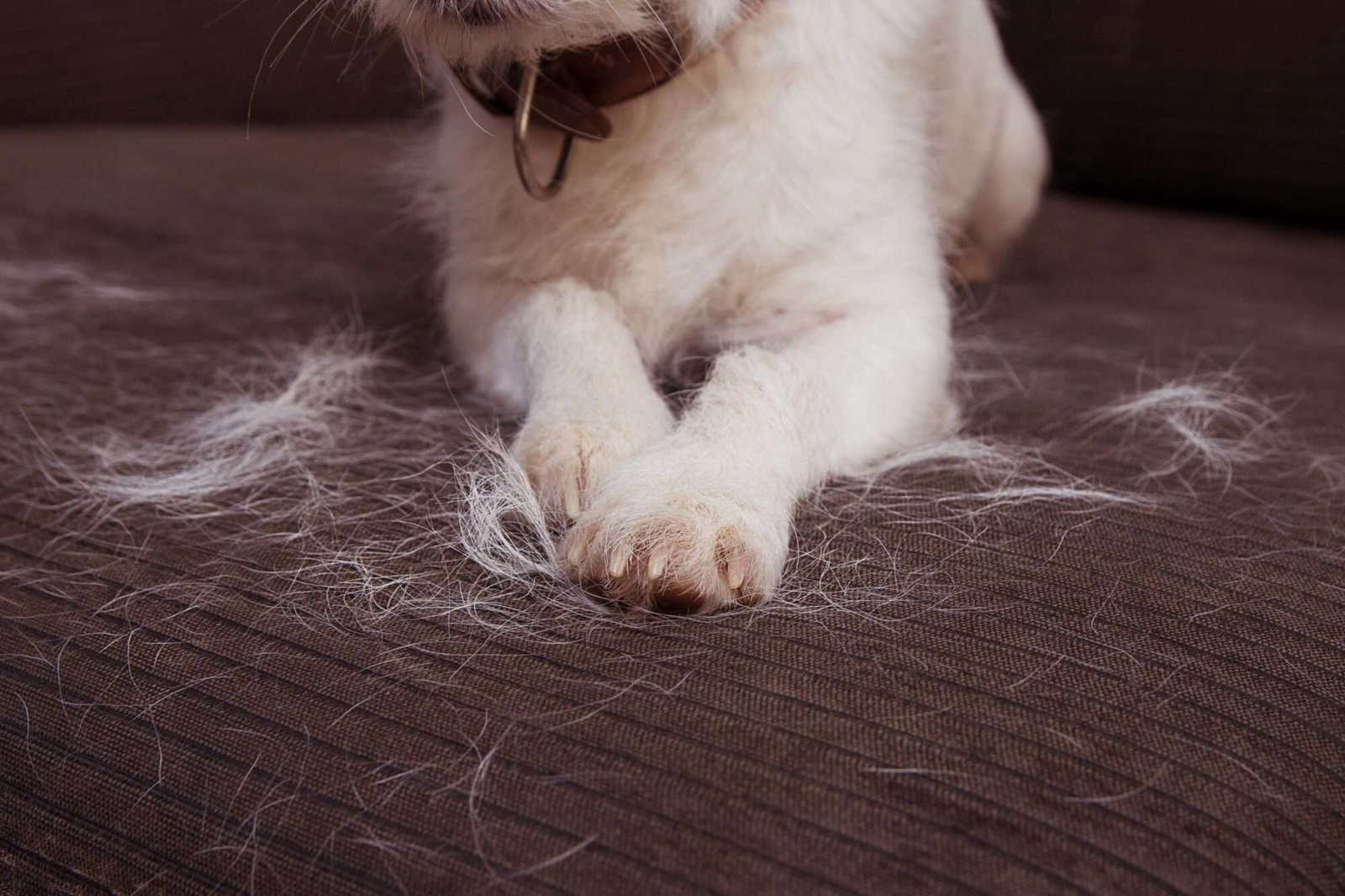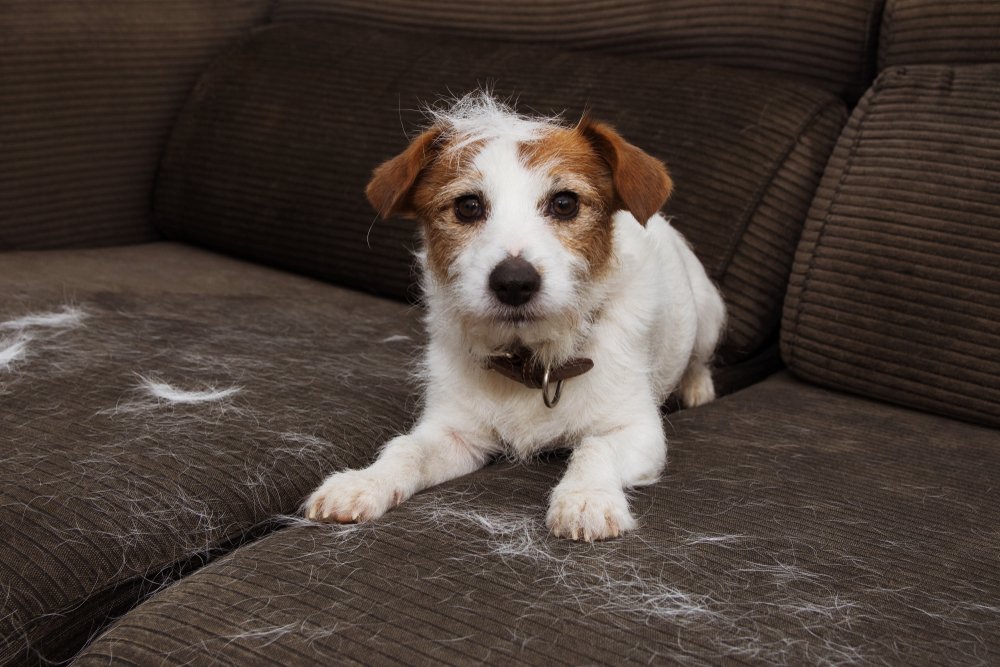Learn how to reduce shedding in pets with the best grooming tools, seasonal care tips, and practical solutions for controlling pet hair at home.
Shedding in pets can be frustrating. It makes your home dirty and sometimes even causes allergies. But, no worries! This article will help you understand how to reduce shedding. We will talk about the best grooming tools you can use to control pet fur. Also, we will explain why pets shed more during certain seasons and how to handle it. And don’t worry, we’ll also cover how to keep your home clean from pet hair. Stay with me, and I will show you all the tips and tricks to manage your pet’s shedding.
How to Reduce Shedding in Pets
Shedding is a natural process that many pets undergo, but excessive shedding can be a concern for pet owners. Understanding how to reduce shedding in your pet starts with knowing its common causes and adopting effective strategies to manage it.

One of the primary reasons pets shed excessively is due to seasonal changes. Pets, especially those with thicker coats, tend to shed more during specific times of the year as they prepare for changes in the weather. Regular grooming plays a vital role in controlling shedding. Brushing your pet’s coat frequently helps remove loose hair and prevents it from accumulating on your furniture and clothing.
Moreover, providing your pet with a balanced diet rich in omega-3 fatty acids can improve coat health and reduce shedding. Nutrients such as omega-3 not only enhance the shine of your pet’s coat but also strengthen the hair follicles, reducing the amount of hair that falls out.
Best Grooming Tools for Managing Shedding
Managing shedding effectively requires the right tools. Grooming tools like brushes, combs, and de-shedding tools are essential for removing loose fur before it spreads around your home.
When selecting a grooming brush, consider your pet’s coat type. Pets with short hair might benefit from a bristle brush, while those with longer coats may need a slicker brush or an undercoat rake. De-shedding tools, like the Furminator, are particularly useful for pets with dense undercoats, as they can reach deep into the coat to remove dead hair without damaging the healthy fur.

Understanding Seasonal Shedding in Pets
Seasonal shedding is a common phenomenon in many pets, particularly in those with thick coats. During seasonal transitions, especially in spring and fall, pets shed their old fur to make way for a new coat. This process is known as molting.
Some breeds are more prone to seasonal shedding than others. For example, Labradors and Huskies are known for shedding heavily during these times. Preparing for seasonal shedding involves more frequent grooming and ensuring your pet is well-nourished to support healthy hair growth.
Preventing Pet Hair from Taking Over Your Home
Even with regular grooming, pet hair can still find its way onto your furniture and clothing. Keeping your home free from excessive pet hair involves adopting effective cleaning strategies.
Vacuuming regularly with a pet-specific vacuum cleaner can significantly reduce the amount of pet hair in your home. Using lint rollers and furniture covers can also help keep your furniture fur-free. Additionally, grooming your pet outside or in a designated grooming area can help contain the spread of hair within your home.

Common Health Issues Related to Excessive Shedding
While shedding is a natural process, excessive shedding can be a sign of underlying health issues. Recognizing abnormal shedding patterns is crucial in ensuring your pet’s health.
If you notice your pet losing hair in patches or their coat appears dull and thin, it might be time to consult a veterinarian. Common health issues that lead to excessive shedding include allergies, skin infections, and hormonal imbalances. Addressing these issues promptly can help reduce shedding and improve your pet’s overall well-being.
Breed-Specific Shedding: What to Expect
Not all pets shed equally. High-shedding breeds like Maine Coons and Siberian Huskies require more attention when it comes to grooming and fur management, while low-shedding breeds like Poodles may require less frequent grooming.
Understanding your pet’s breed-specific shedding patterns can help you prepare for and manage their fur more effectively. Pets with double coats tend to shed more than those with single coats, especially during seasonal changes.

Allergies and Shedding: Managing Pet Allergies in Your Home
Shedding is often linked to allergies in both pets and their owners. Pet dander, which is composed of tiny flecks of skin, can trigger allergic reactions in sensitive individuals. Managing these allergies involves reducing the amount of dander in your home.
Using air purifiers and regularly cleaning your home can help reduce the presence of allergens. Bathing your pet with hypoallergenic shampoos can also minimize dander and reduce the likelihood of allergic reactions.
Effective Long-Term Shedding Management Strategies
Long-term shedding management requires a consistent approach. Establishing a grooming routine that suits your pet’s needs is essential for controlling shedding. Regular veterinary check-ups can also help identify any health issues that may contribute to excessive shedding.
Additionally, incorporating nutritional supplements such as fish oil into your pet’s diet can support coat health and reduce shedding over time. By maintaining a holistic approach to your pet’s care, you can keep shedding under control and ensure your pet remains healthy and comfortable.
Shedding is a normal part of having pets, but with the right tools and tips, you can keep it under control. Regular grooming, understanding seasonal shedding, and maintaining a clean home are key. I hope this guide helps you manage shedding better. If you have questions or tips, please leave a comment below! Don’t forget to share this article and explore more helpful content on our website. We’re here to help you keep your pet and home happy and healthy.

FAQs about Shedding
What Causes Excessive Shedding in Pets?
Excessive shedding in pets can be due to several factors. Seasonal changes often lead to increased shedding as pets adjust to temperature shifts. Nutritional deficiencies and health issues such as allergies, hormonal imbalances, or skin infections can also cause abnormal shedding. Additionally, stress and poor grooming practices may contribute to excessive hair loss. Ensuring a balanced diet and regular vet check-ups can help manage and reduce shedding.
How Can I Reduce Shedding in My Pet?
To effectively reduce shedding, start with regular grooming. Use de-shedding brushes and combs to remove loose hair. Bathing your pet with high-quality shampoos can help maintain coat health and reduce shedding. A diet rich in omega-3 fatty acids supports healthy skin and fur, minimizing excessive hair loss. Additionally, addressing any underlying health issues with your veterinarian can help control shedding.

Are There Specific Grooming Tools for Managing Shedding?
Yes, there are several grooming tools designed specifically to manage shedding. De-shedding brushes like the Furminator are effective for removing loose undercoat hair. Slicker brushes and rubber curry brushes are also useful, depending on your pet’s coat type. Investing in the right grooming tools and using them regularly can significantly reduce the amount of hair your pet sheds.
How Does Seasonal Shedding Affect Pets?
Seasonal shedding is a natural process where pets lose their old fur to prepare for new growth. This usually happens in spring and fall. Pets with double coats, like Labradors or Huskies, tend to shed more during these transitions. Increased grooming during these times can help manage the extra fur and reduce the impact on your home.
When Should I Consult a Veterinarian About Shedding?
If you notice that your pet is shedding excessively or developing bald patches, it’s time to consult a veterinarian. Excessive or abnormal shedding could indicate underlying health problems such as allergies, infections, or hormonal imbalances. A vet can help diagnose the issue and recommend appropriate treatments to manage shedding and ensure your pet’s overall health.